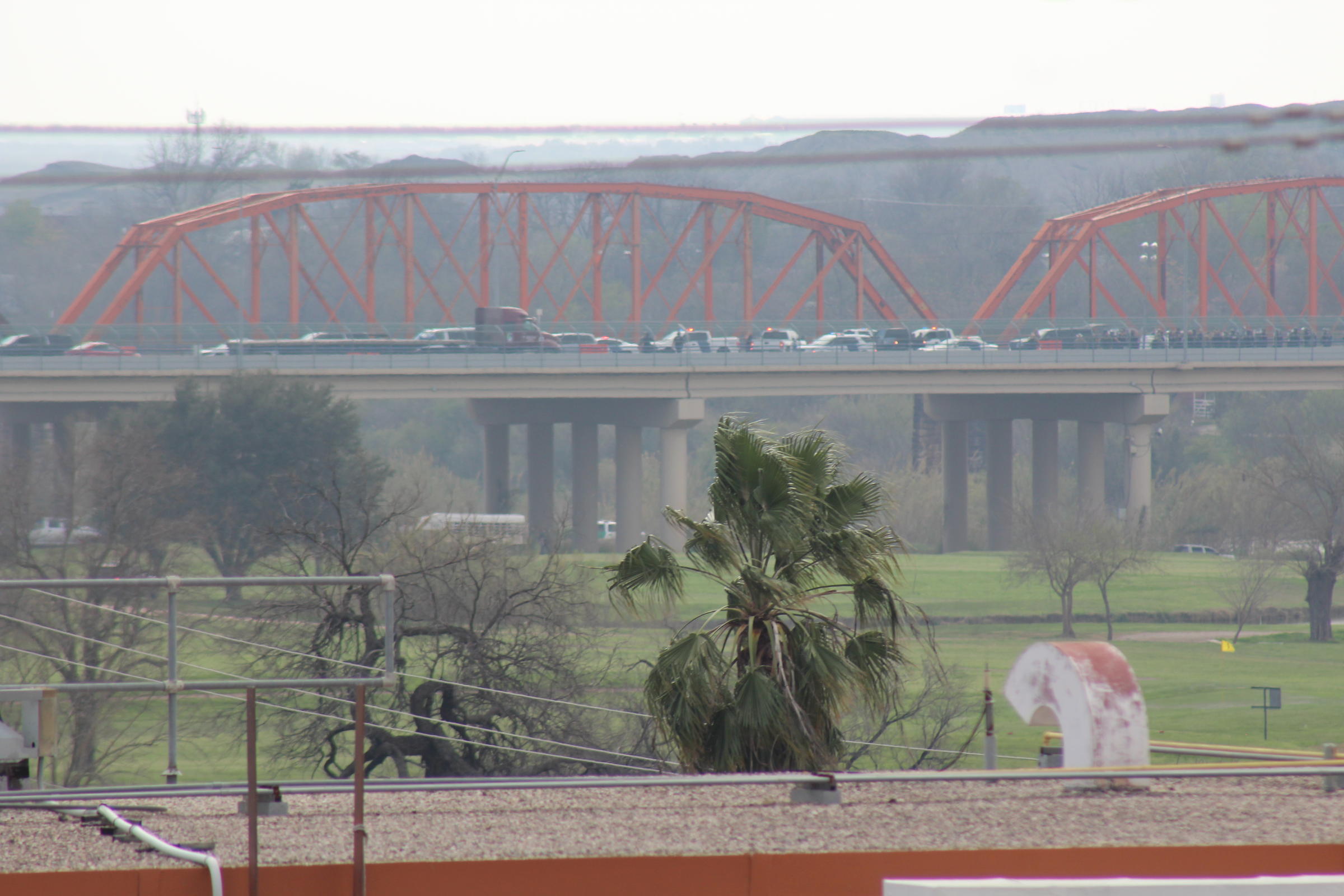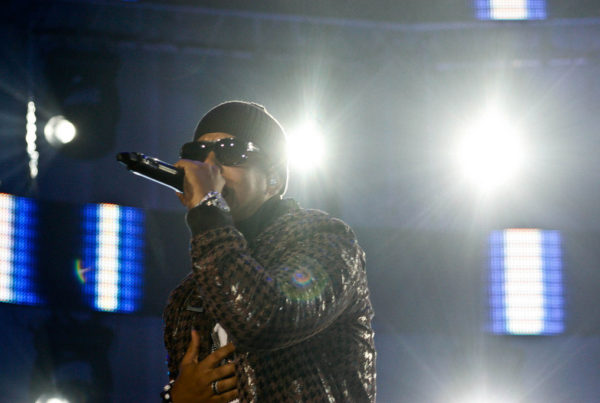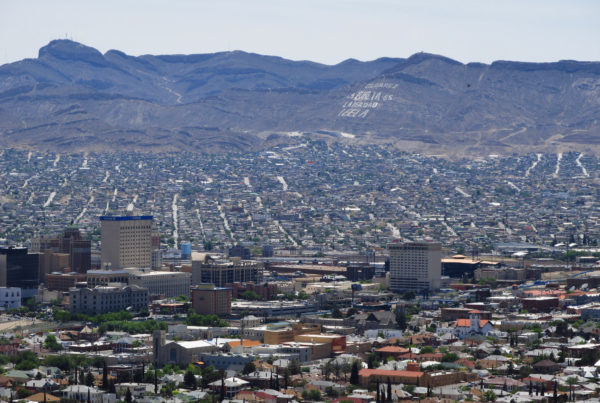There’s national focus on Texas again, since another caravan of migrants reached the Mexican side of the border in Piedras Negras, across the Rio Grande from Eagle Pass Monday.
Joey Palacios with partner station Texas Public Radio is in Eagle Pass and says the caravan likely came to this particular location because it had less enforcement than in places like Laredo or El Paso. But that is changing quickly.
“Customs and Border Protection … said that they have put reinforcements along the border here underneath the two bridges that join Eagle Pass and Piedras Negras,” Palacios says.
He says Eagle Pass doesn’t have a man-made physical barrier like some of the busier ports of entry, but now it has a “manpower barrier.”
“Every few yards, you can see a Border Patrol vehicle or a Texas state trooper vehicle ready in case anybody tries to come across the border illegally,” Palacios says.
And the Trump administration announced Wednesday that it’s sending more than 200 active-duty military personnel to the area. Palacios says by the end of Wednesday, those people had started to arrive.
“You could see the military, and they were there, they were serving. They were talking with local officials. And you could see one person who was dressed in soldier attire was on top of a military vehicle with a camera that could see across … the Rio Grande,” Palacios says. “There were probably … maybe a dozen, maybe a dozen-and-a-half uniformed people on the ground that I saw close to sunset yesterday.”
Palacios says the Secretary of Defense said that the military personnel are meant to “harden” the two points of entry in Eagle Pass. The personnel includes military police, medical staff and engineers who will support the work of the Border Patrol.
He met one local woman, Leslie, who watched law enforcement arrive.
“From the Plaza in Piedras to the Bridge I counted, like, 22 cops. That is including customs, Border Patrols, PDs and probably sheriffs, too,” Leslie said. “It’s not normal, not at all. You would just see like three Border Patrols in that [area].”
Palacios says Leslie also told him that it’s taking longer to cross back and forth over the border. It used to take maybe about 10 minutes, but now it takes 30 minutes or more, she said. Another woman told Palacios that border agents are asking more intense questions.
“Previously, you could go across with your paperwork and they would ask if you would declare anything,” Palacios says. “They’re searching bags more thoroughly now, and that at one point, they even asked her to remove her sweater and they patted her down on her stomach, which they’ve never done before.”
Palacios says he saw law enforcement agents doing drills on the Camino Real International Bridge while wearing riot gear. Customs and Border Protection, or CPB, stopped traffic to do those drills, and he says the agency told him it’s preparing in case migrants try to cross the border en masse.
“They are closing down traffic so that way they can teach these CPB agents to be able to respond should something like that happen,” Palacios says.
Written by Caroline Covington.
















